Location
This fort is located at five kilometers to south of Warangal and two kilometers away from Warangal railway station.
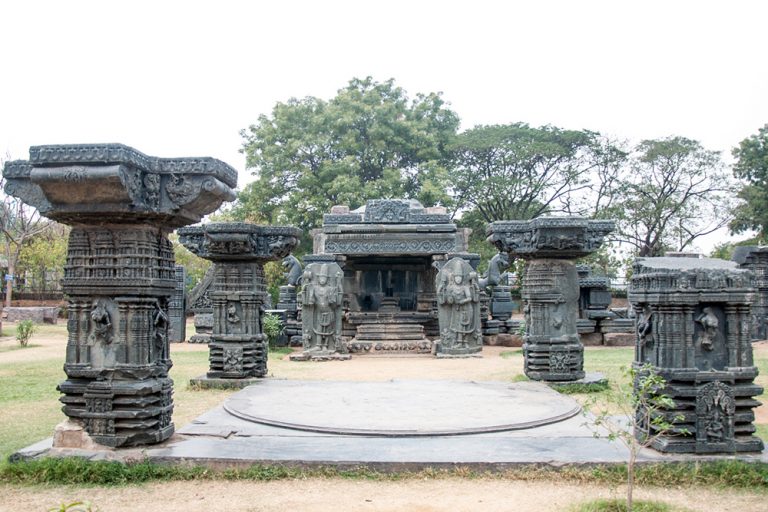
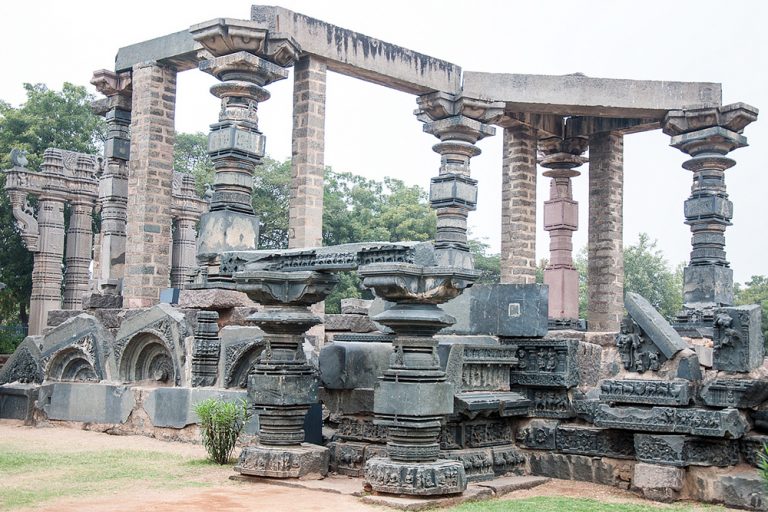
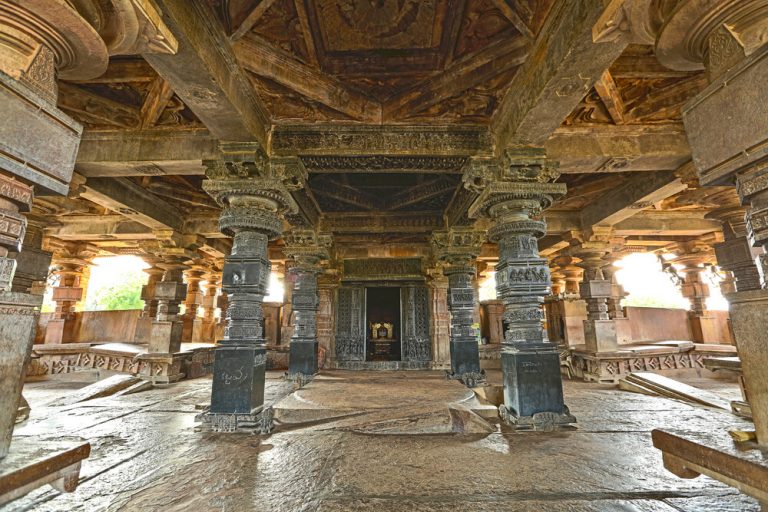
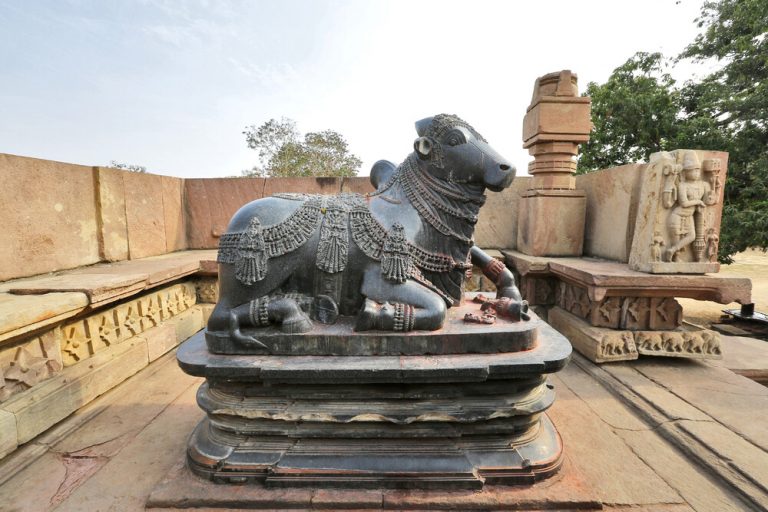
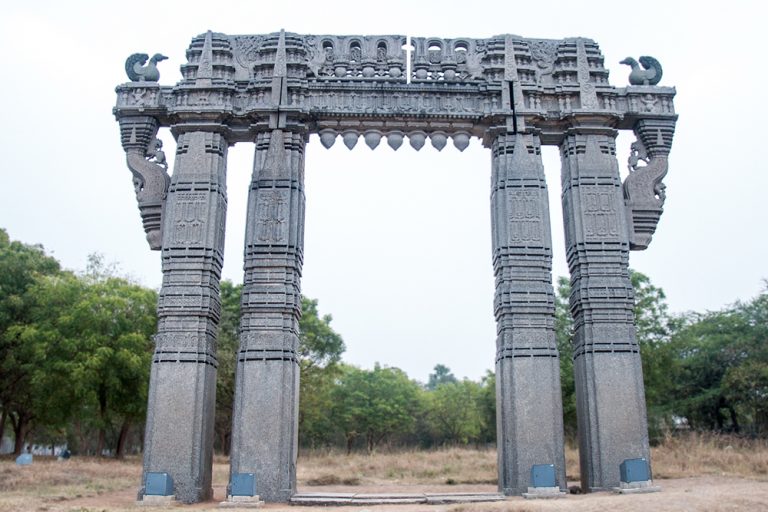
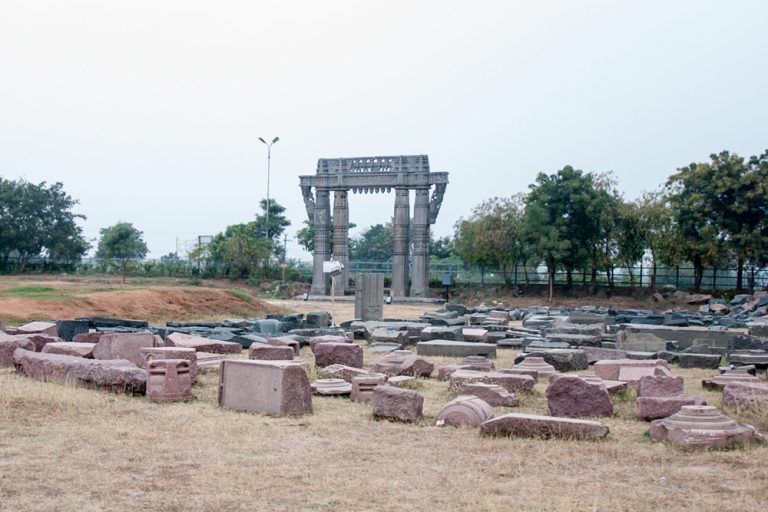
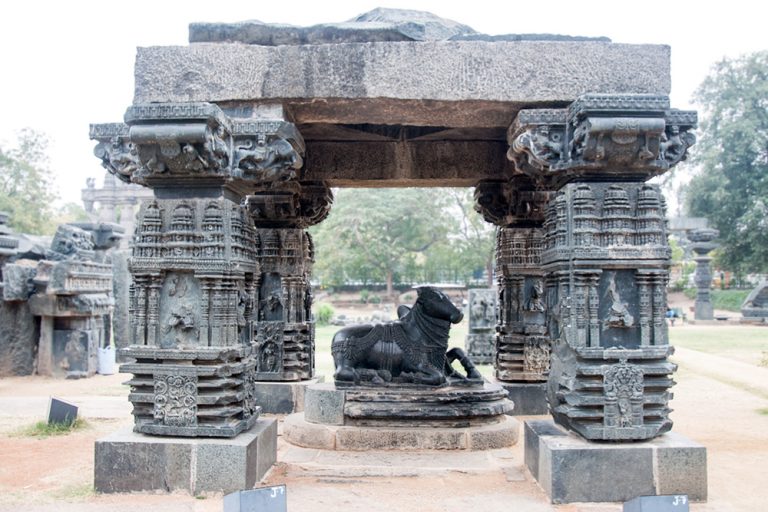
Description
The Warangal Fort is a prominent attraction in Warangal, known for its historical significance and architectural beauty. It was constructed during the reign of the Kakatiya dynasty in the 13th century. King Ganapati Deva initiated the construction of the fort, and his daughter Rudrama Devi oversaw its completion. The fort served as their stronghold, and they shifted their capital from the neighboring region of Hanamakonda to Warangal.
The Warangal Fort encompasses an expansive area, with 45 towers and scattered pillars spread over approximately 19 kilometers. At the heart of the fort lies a temple called “Swayambhudevi Alayam,” dedicated to Mother Earth, renowned for its intricate sculptures. Over the centuries, the fort has witnessed numerous battles and events from ancient times.
The fort is designed as a massive structure with three concentric circular strongholds, surrounded by a moat. Four impressive gateways, each measuring 30 feet in height, were constructed for the fort. These gateways, known as “Kirti Thorana” or “Hamsa Thorana,” are reminiscent of the Sanchi sculptures and serve as entrances to the fort. They are strategically placed according to cardinal directions, leading to the central area where a significant Shiva temple called Swayambhu Gudi once stood.
Each gateway is composed of four pillars carved out of a single rock. Surrounding the gateways are three-layered fortified walls, built for defensive purposes. The first layer is made of mud and stands at a height of 20 feet, encircling the fort over several kilometers. The second layer is constructed with massive granite blocks, skillfully fitted together without the use of mortar. Unfortunately, only remnants of the third layer of walls remain today.
The architectural beauty of the Warangal Fort is evident in the finely carved sculptures adorning the black basalt ornamental doorways. These sculptures depict repetitive patterns, motifs featuring animal forms such as lions, elephants, and graceful swans with swirling tail features. Among the notable sculptures is the Nandi, the sacred bull and mount of Lord Shiva, which stands as another magnificent piece of artwork within the fort.
The Warangal Fort stands as a testament to the architectural grandeur and artistic excellence of the Kakatiya dynasty.
The “Kirti Thorana” can be seen in the State Embelem Of Telangana.
Existing Condition
The ruins is under the management of Archaeological Survey of India and is a popular tourist place in Warangal.
References
https://www.dsource.in/resource/warangal-fort-and-temple-architecture/warangal-fort
Archive
Contributors
NIUM
